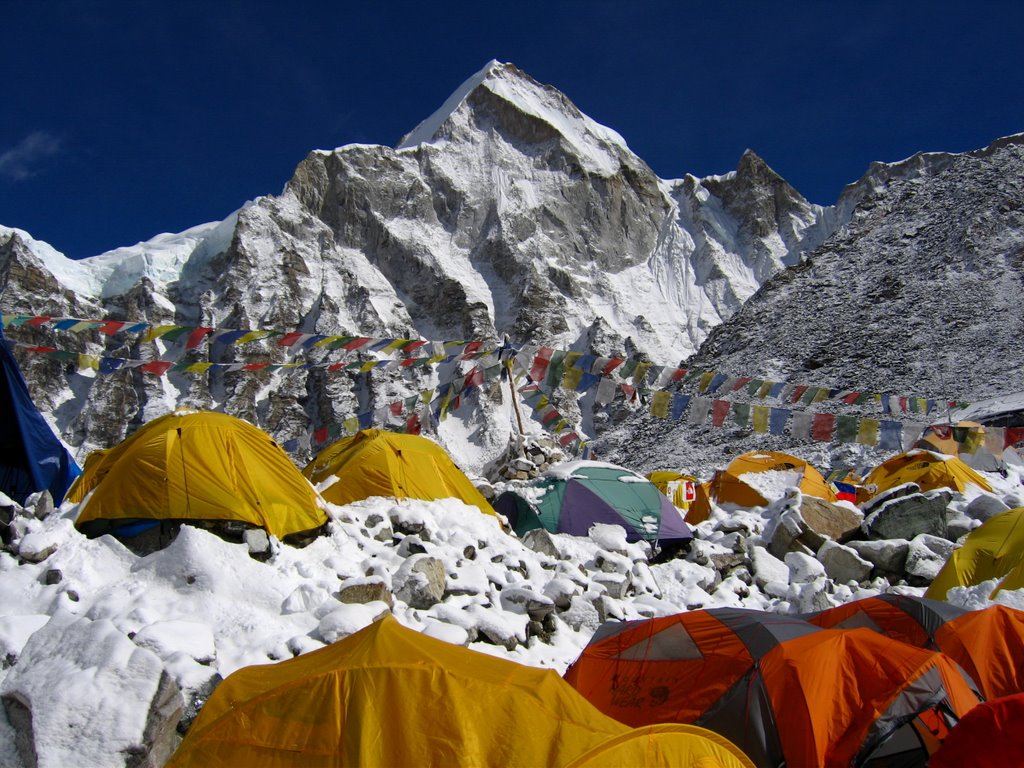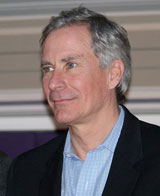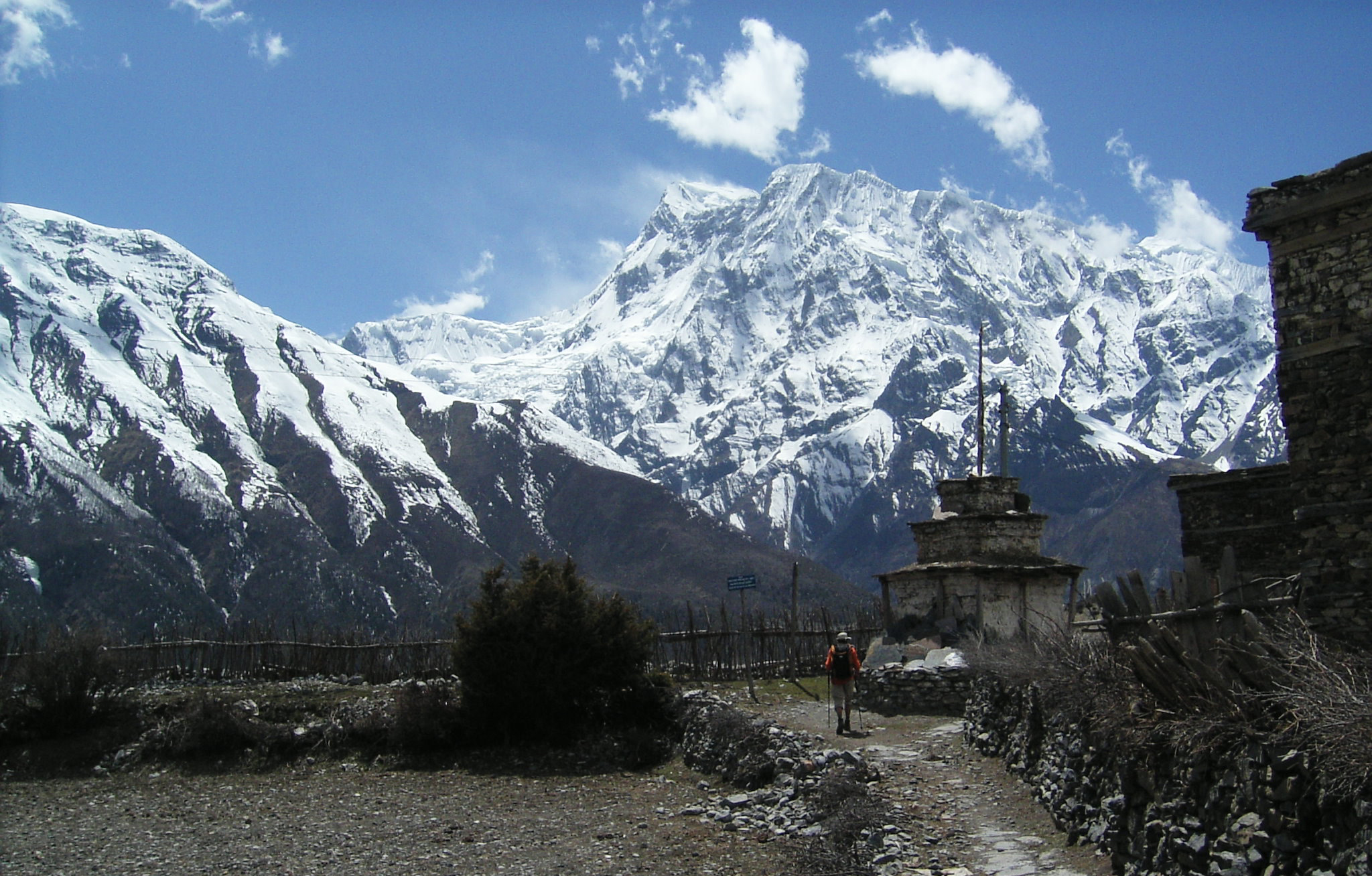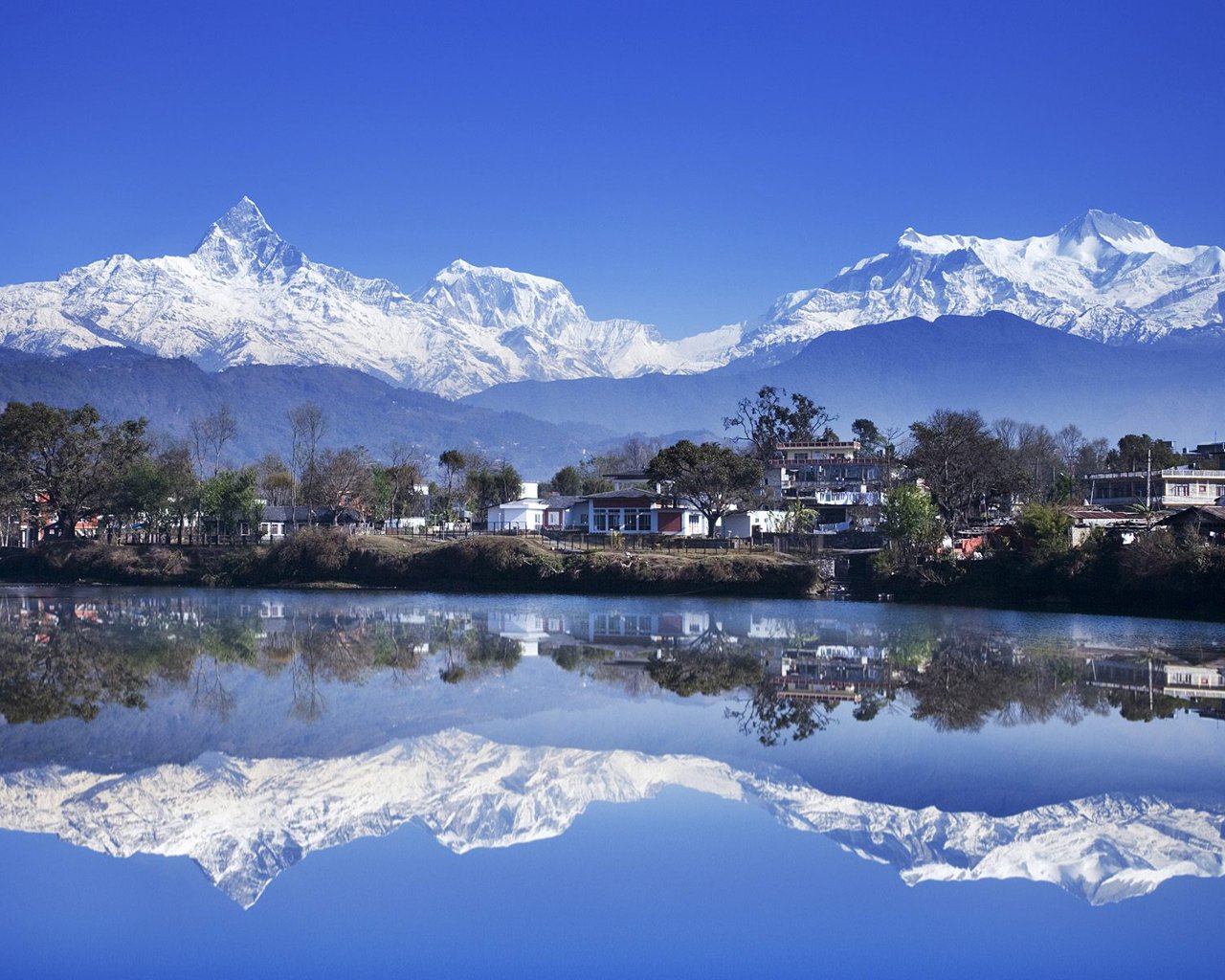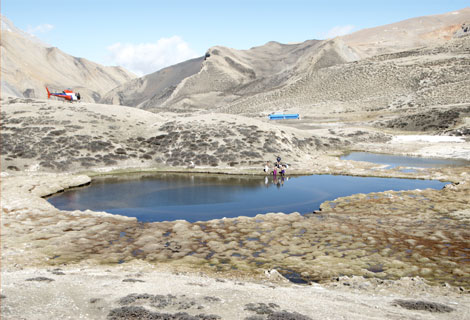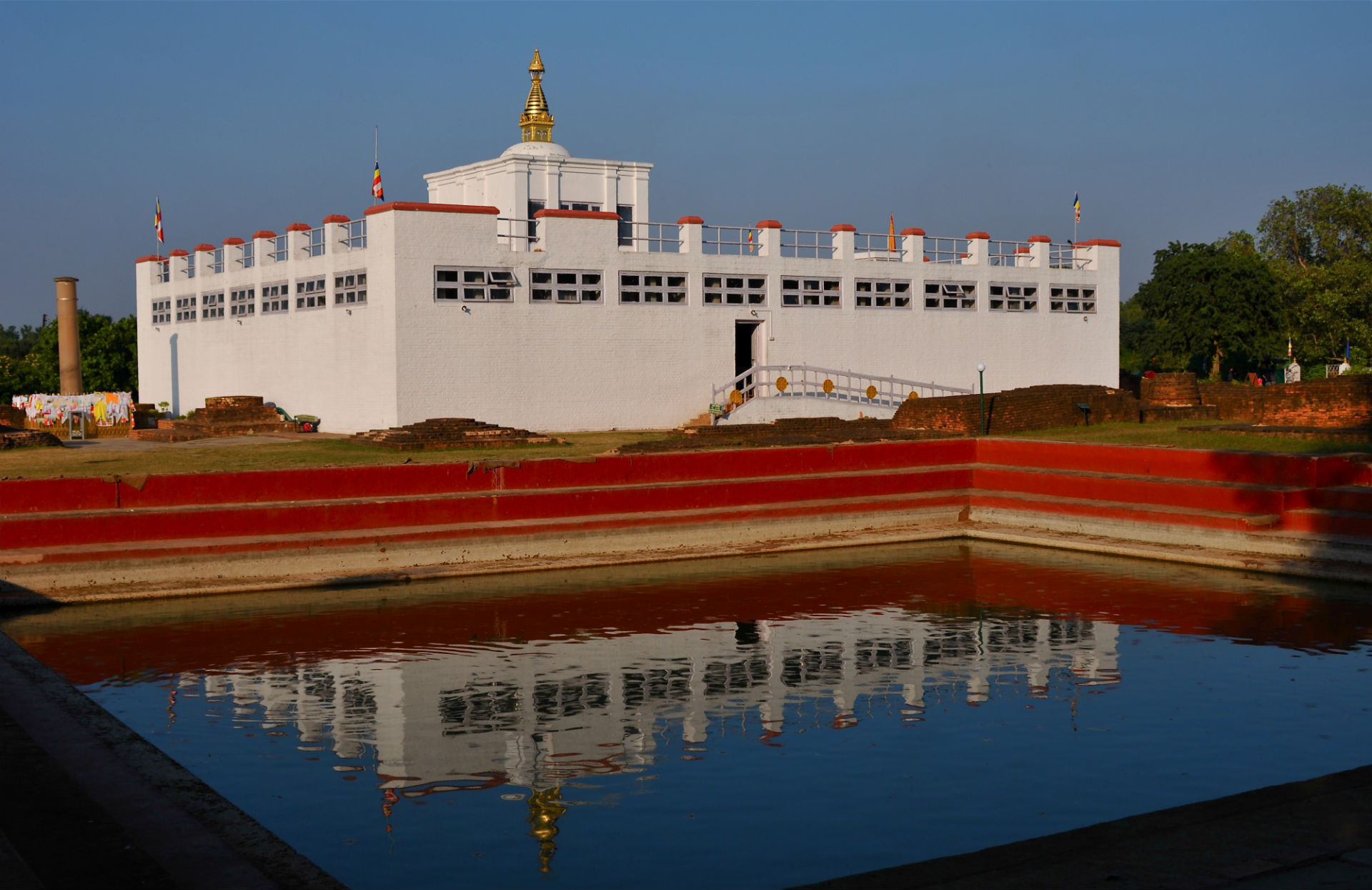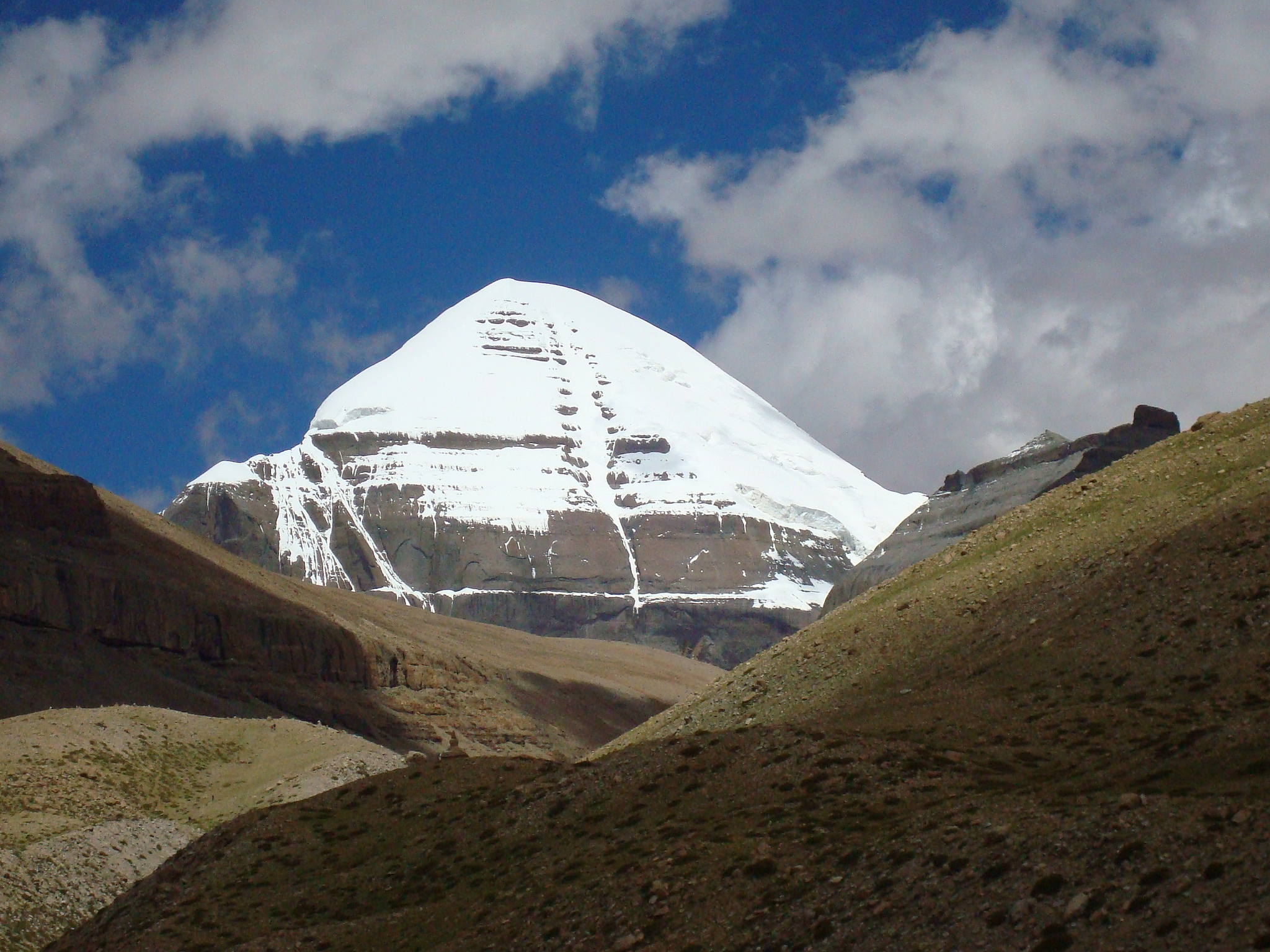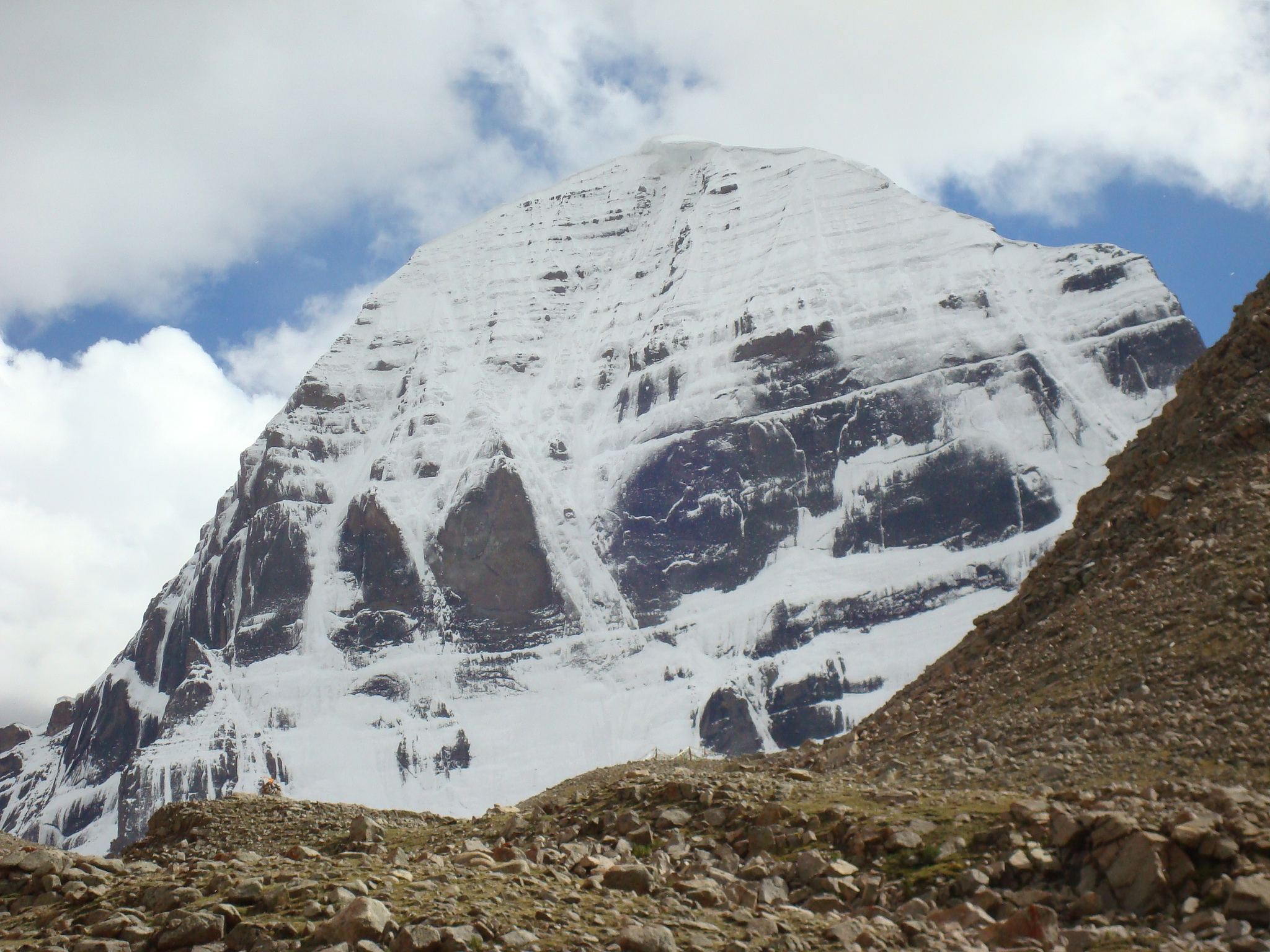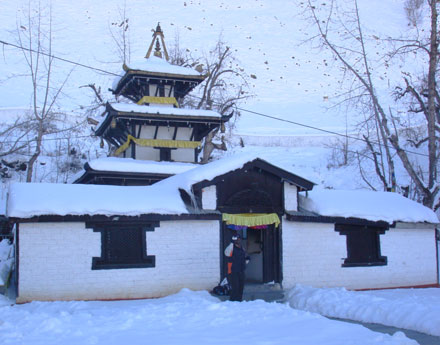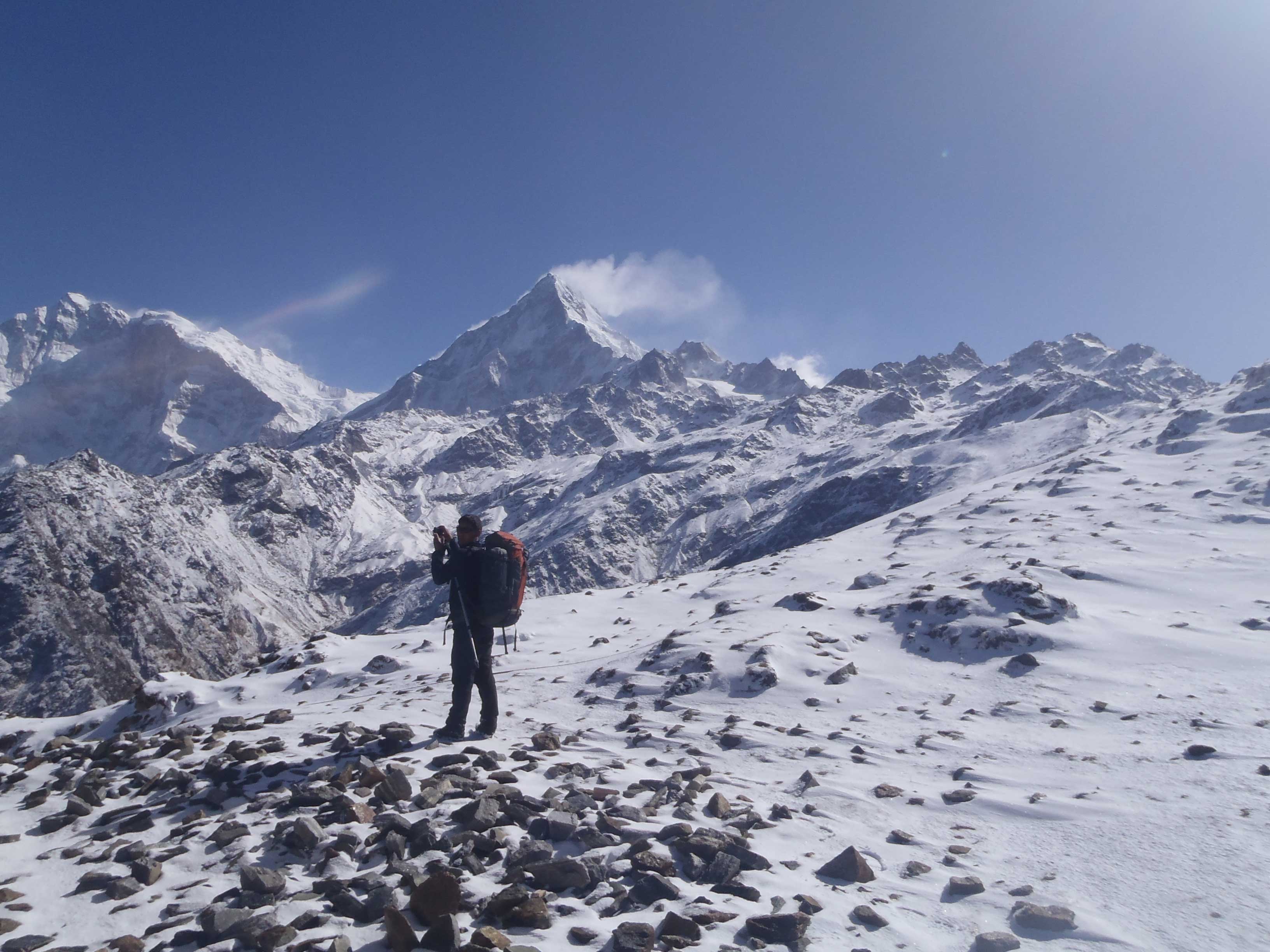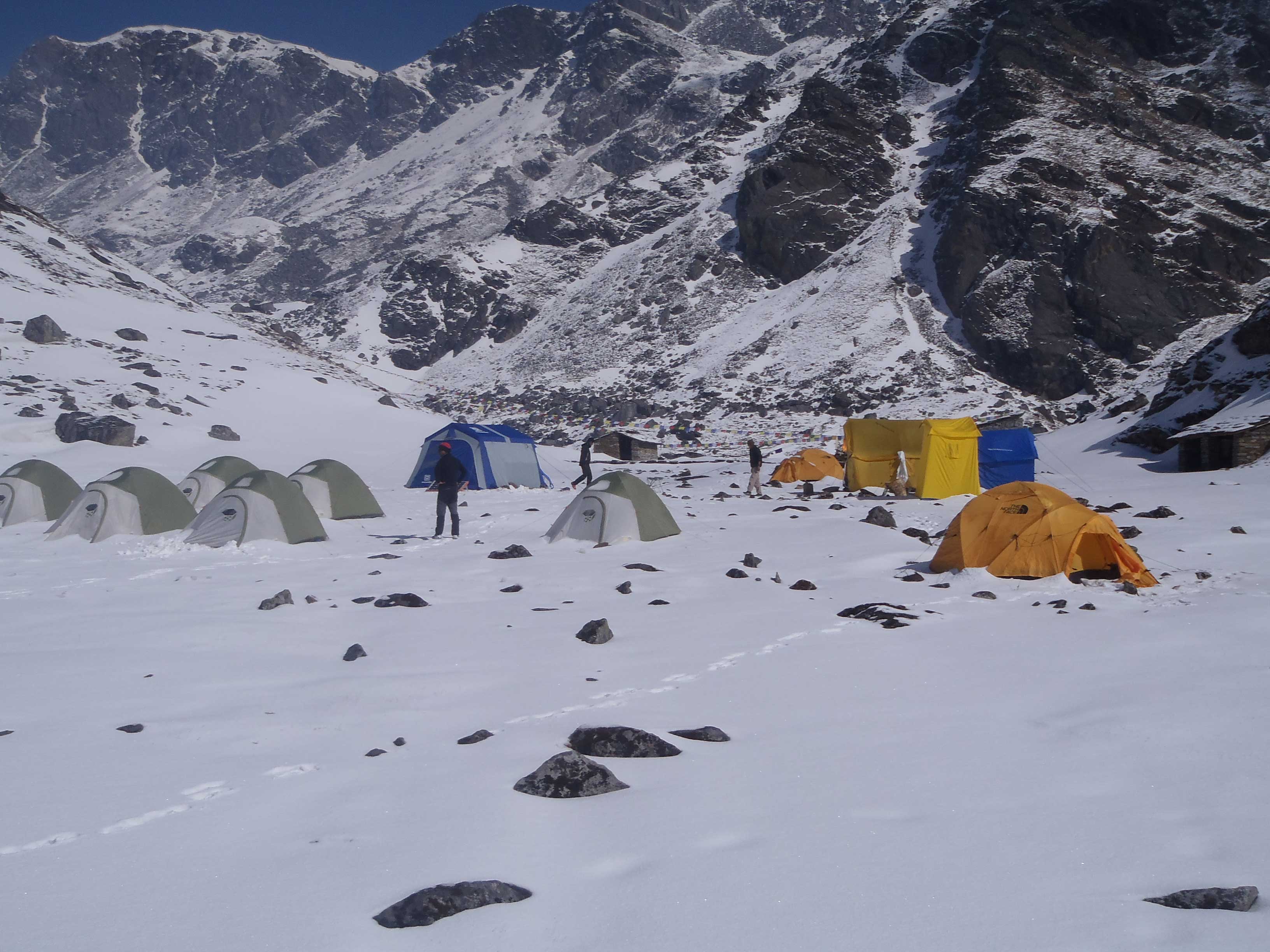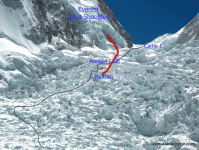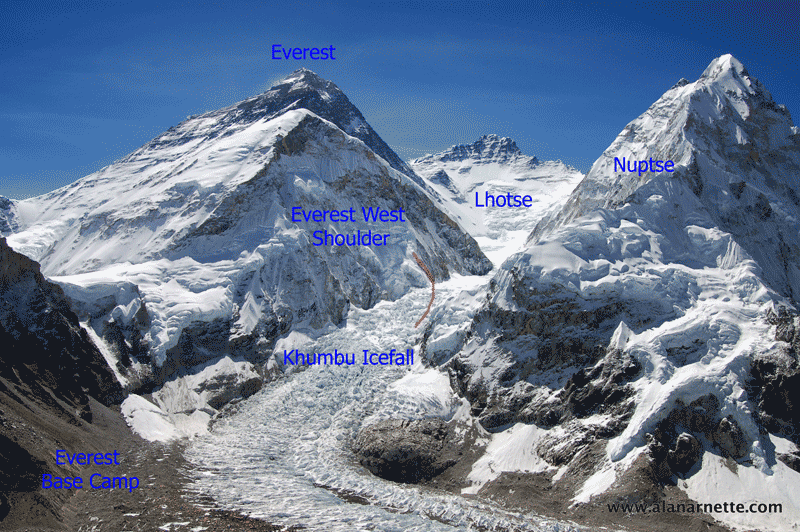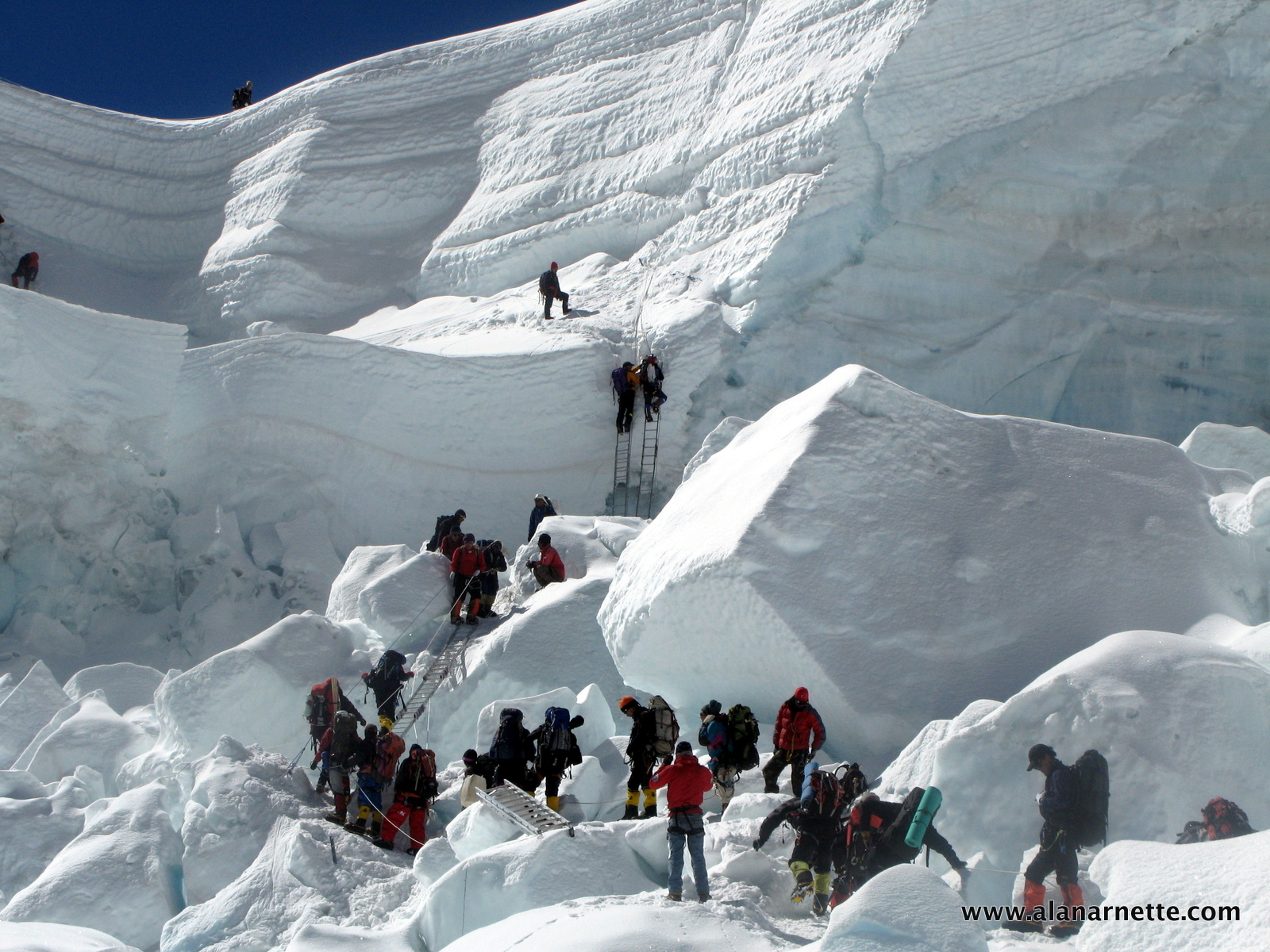
An accomplished filmmaker yesterday reached Mt Everest Base Camp to support icefall doctors in preparing the safest route to the world’s highest mountain.
According to Ang Dorjee Sherpa, Chairman, Sagarmatha Pollution Control Committee, American explorer David Breashears, arrived in Nepal on Friday.
SPCC has been assigned by the government to fix ladders and ropes in the treacherous icefall and manage the garbage deposited by climbers.
David Breashears
His research-based analysis of the mountain’s topography, weather patterns and impact of climate change will help construct a safe route.
Breashears, who has received four Emmy awards for achievement in cinematography, has also been providing icefall doctors technical support, he added.Breashears will also utilise the high-definition images of the icefall route, including a few images he captured last year when the deadliest avalanche struck the climbing route near Camp I, killing 16 mountaineering support staff and guides, said Sherpa, adding that his expertise would help fix the new route.
According to Ang Kami Sherpa, who leads a team of eight icefall doctors, heavy but unusual snowfall has been affecting their work. The team has planned to complete a route that passes from the middle of the icefall section in the next 10 to 12 days, he added. “Two-third section of the route has been constructed, but Breashears’ facilitation will be important to complete the remaining part of the treacherous route,” he added.
Breashears, who has scaled Everest five times, had transmitted the first live television pictures from the top of Mt Everest in 1983. He also became the first American to scale Mt Everest twice in 1985.
Breashears also co-directed and co-produced the first IMAX film shot on Mount Everest in 1996. Breashears’ best-selling memoir, High Exposure: An Enduring Passion for Everest and Unforgiving Places (Simon and Schuster), documents his life as a mountaineer and filmmaker.
Spring climbing season is on
- Department of Tourism says more than 40 foreign teams likely to apply for permit to scale Everest
- A 30-member Indian army team, a team of 15 British Gurkhas and Arunachalee Everester Anshu Jamsenpa, the only mother who scaled Everest twice in ten days in 2011, will also attempt to scale the world’s highest mountain this season
- National Geographic adventurer Matt Moniz, 17, and Willie Benegas aim to summit Everest and attempt to ski the Lhotse Coulair, which has never been fully skied
- Spanish mountaineer Kilian Jornet is attempting to set a speed record on Everest without using supplemental oxygen, while Kenton Cool, Rupert Jones-Warner and Ralf Dujmovits will attempt to create new records on Everest
Source: thehimalayantimes





